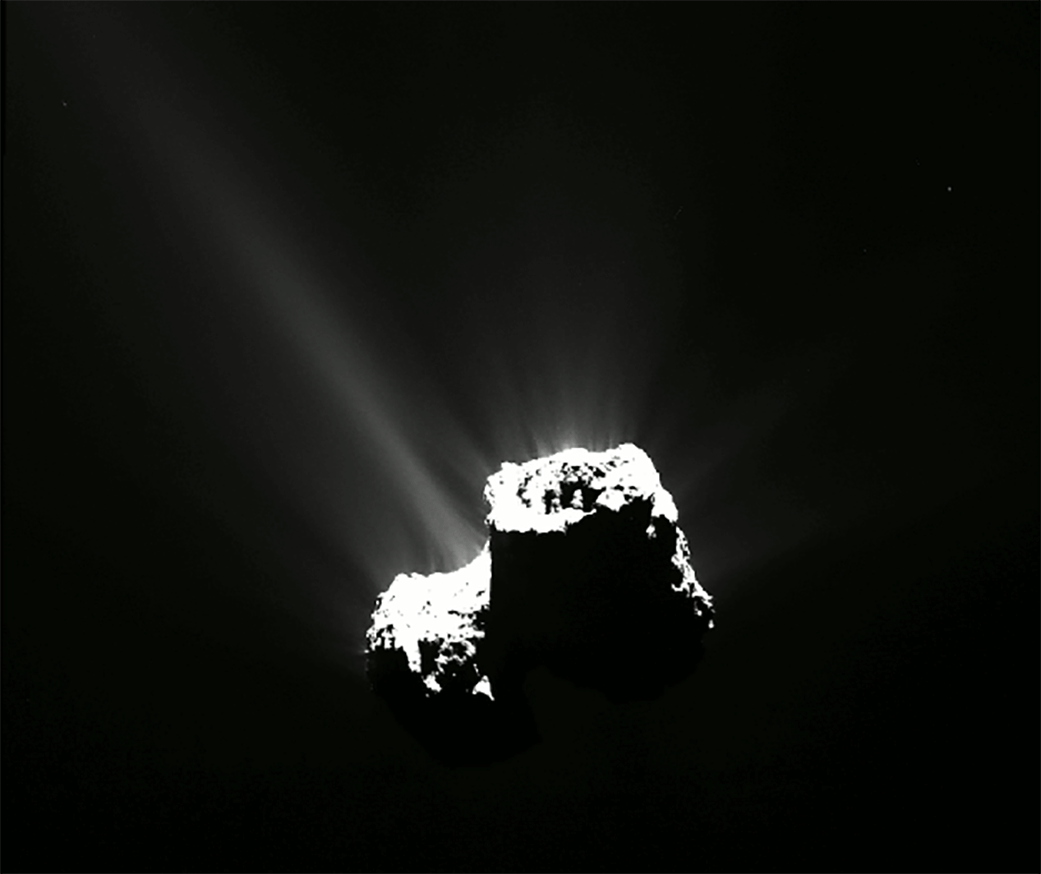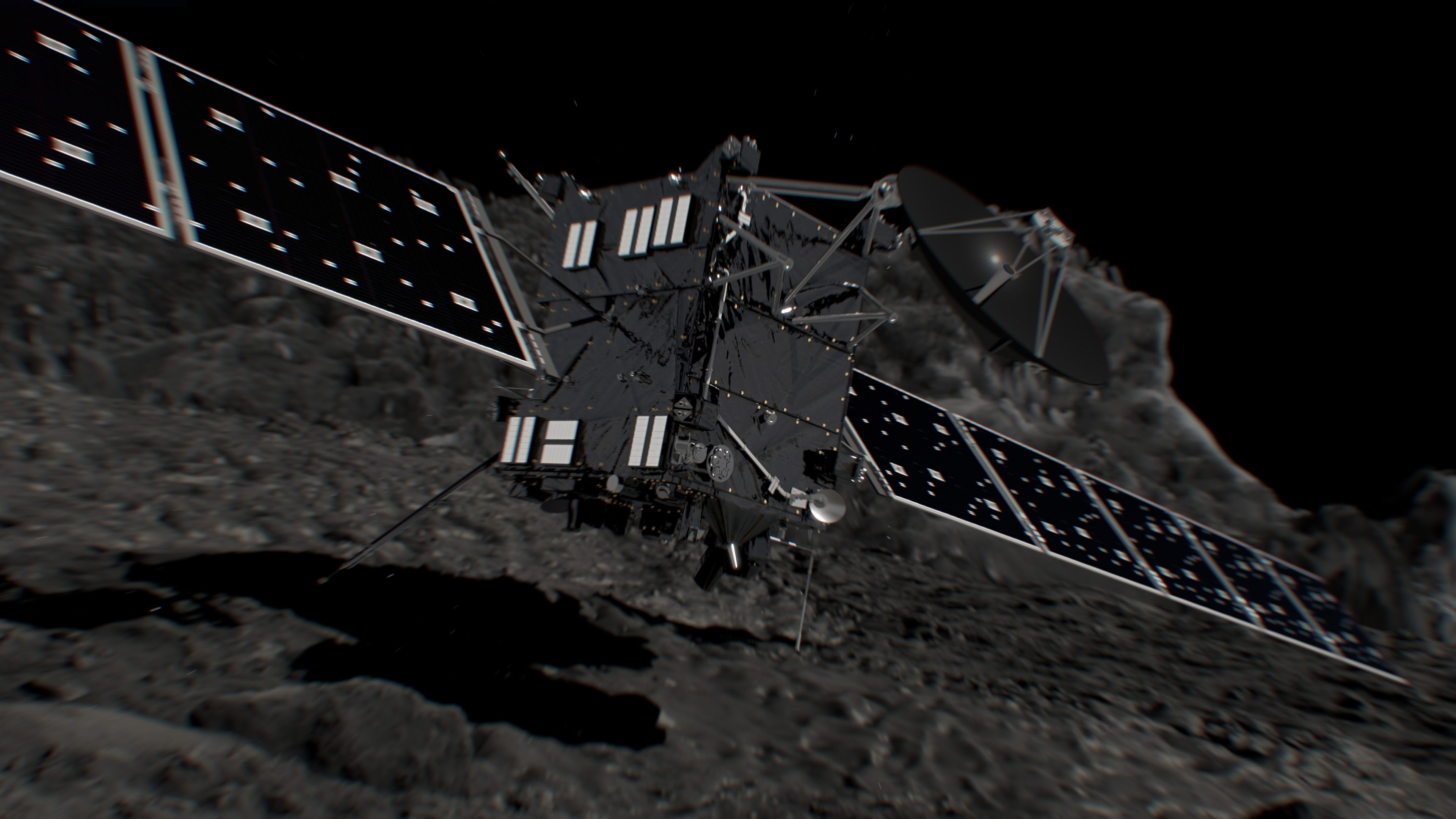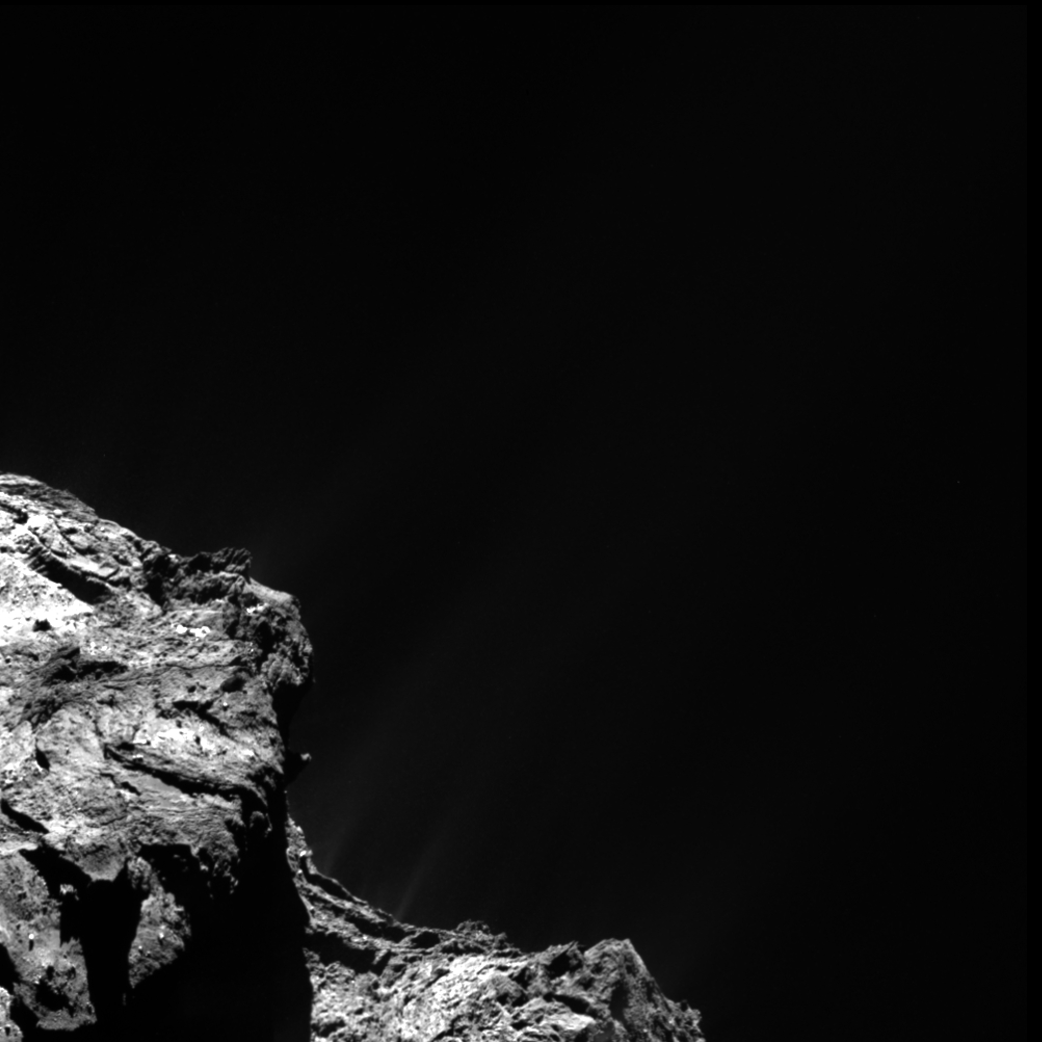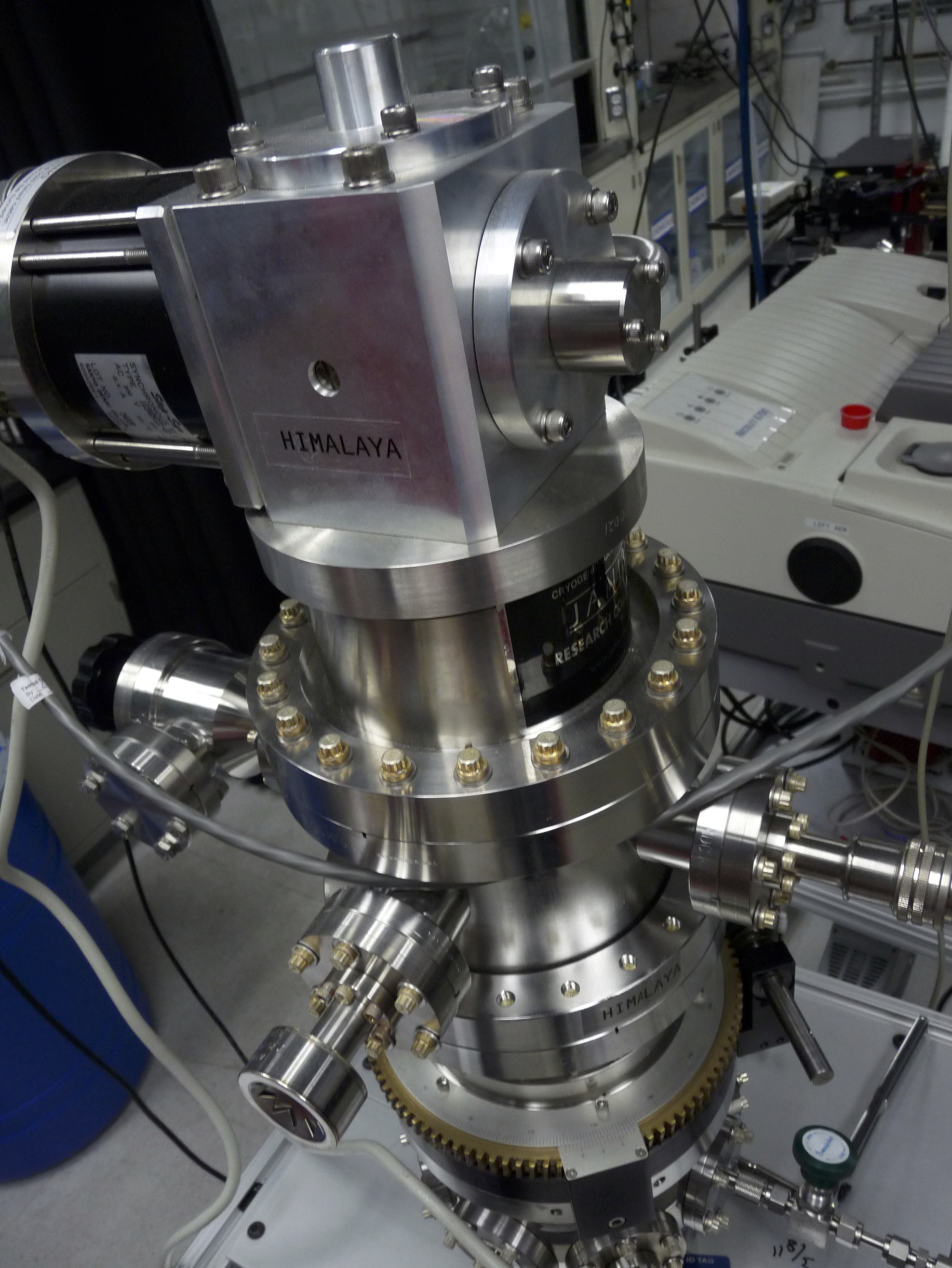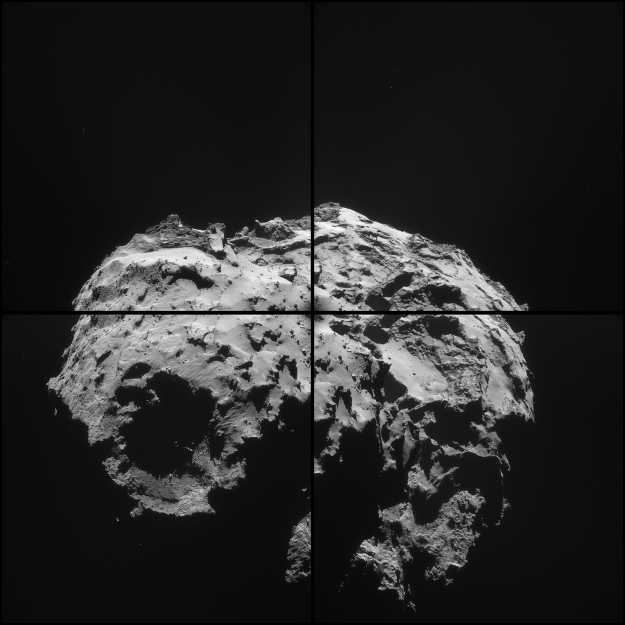Rosetta-Philae
Type
Launch
Target
Objective
Rosetta was a European Space Agency (ESA) mission designed to rendezvous with Comet 67 P/Churyumov-Gerasimenko, drop a probe (Philae) on the surface, study the comet from orbit, and fly by at least one asteroid en route. The principal goals were to study the origin of comets, and the relationship between cometary and interstellar material and implications with regard to the origin of the solar system. Philae landed and returned data from the surface for 57 hours before its battery ran out.
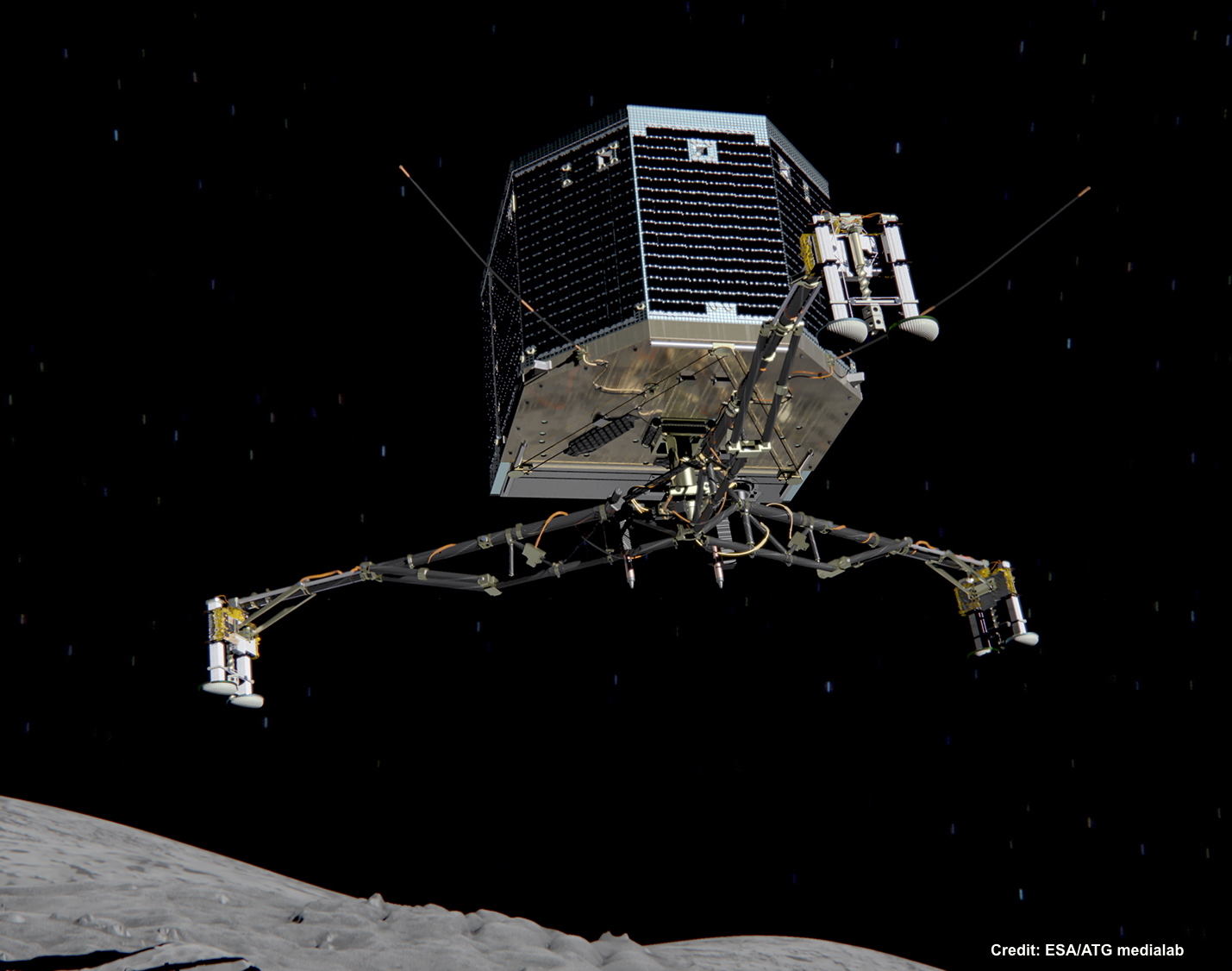
Goals
The European Space Agency's Rosetta was the first mission designed to orbit and land on a comet. It consisted of an orbiter and a lander – called Philae. The two spacecraft carried 20 sciences instruments to make a detailed study of comet 67P/Churyumov-Gerasimenko for two years as it orbited around our Sun.
Accomplishments
In August 2014, Rosetta became the first spacecraft to orbit a comet when it joined comet 67P/Churyumov-Gerasimenko on it's journey around the Sun. On Nov. 12, 2014, Rosetta scored another historic first when its Philae probe successfully landed on the surface of the comet and began sending back images and data.
The mission ended with a successful controlled impact on the comet on Sept. 30, 2016.

